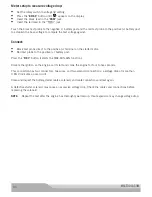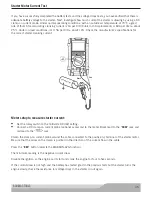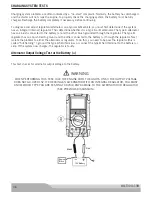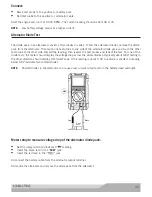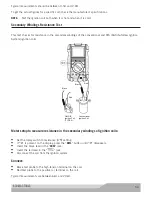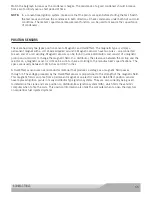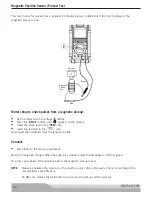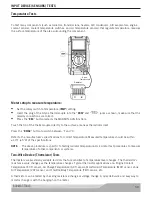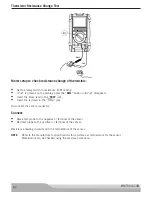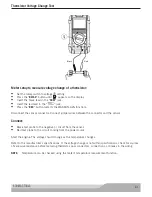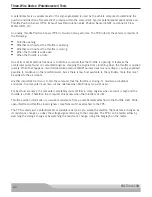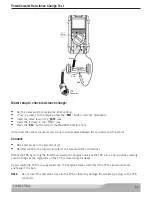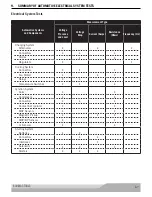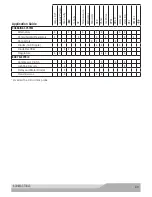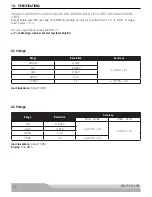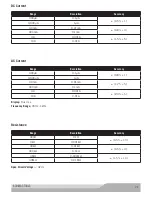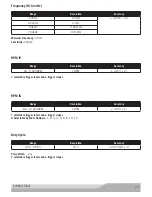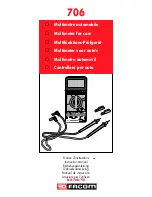
MACTOOLS.COM
58
8. BASIC AUTOMOTIVE COMPONENT TESTING
Computer Controlled Systems
Most cars built today have several on-board computers that control the engine, transmission, brake, suspension,
climate control, entertainment, and many other systems.
Control systems of computerized vehicle are made up of the following three basic component groups:
•
Sensors.
Input devices to provide feedback for the vehicle computer. For example, coolant sensor, vacuum
sensor, throttle position sensor, RPM senor, barometric sensor, oxygen sensor, etc.
•
Engine Control Module (ECM).
Processes feedback supplied by the sensors and then sends an electronic
command to the relevant component actuators.
•
Actuators.
Output devices that may be mechanical, electrical, or vacuum components activated by the
vehicle computer. For example, electro-mechanical carburetor, fuel injector, ignition spark advancer, air
pump, exhaust gas recirculation valve, canister purger, torque converter clutch, etc.
Sometimes when a sensor or actuator fails, an error code is generated. These errors are stored in the
computer memory as fault or trouble codes. Each sensor has various code numbers assigned to it,
depending on the problem that occurred.
When a fault occurs, a technician can read the fault codes by retrieving the information from the
computer’s memory. There are various ways to read these trouble codes. On vehicle model years 1995 or
older, they may display the fault codes using the digital clock on the dash, others use the tachometer, and
many use a blinking light to signal the fault codes. However, vehicle model years 1996 or newer which use
the OBD II protocol require a code reader or scan tool that plugs into the computer’s serial communication
port to read the trouble codes.
NOTE:
For specific instructions on how to retrieve trouble codes from a specific vehicle computer system,
consult the service manual for the vehicle.
Basic Component Testing
Testing with specific components often requires detailed component schematics and test specifications
provided by the vehicle manufacturer. The following section provides general test information and procedures
for the primary input devices (sensors) and output devices (actuators).

